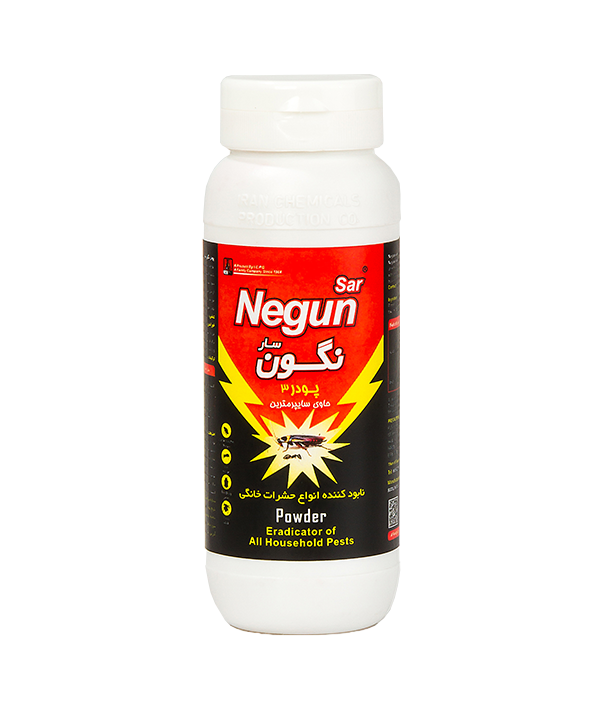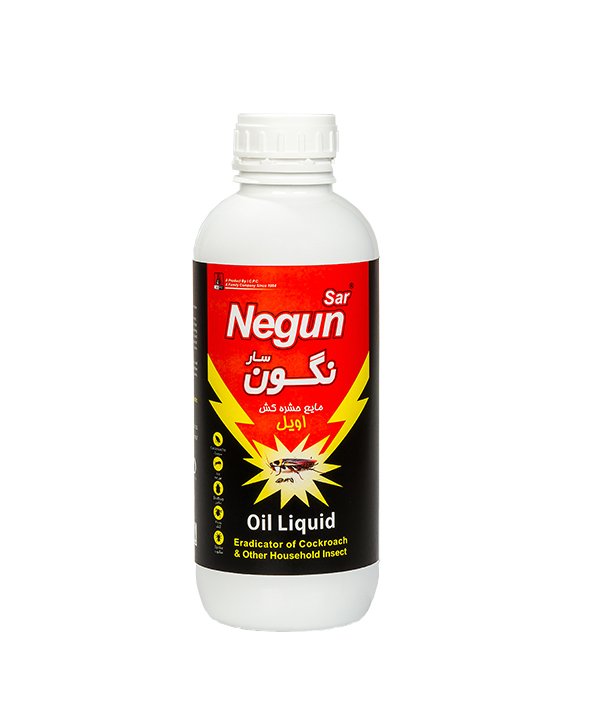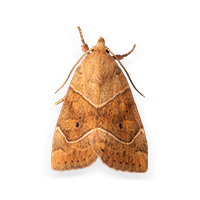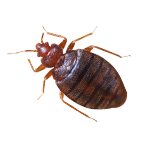
Cockroaches can make your house a fertile ground for disease – but only if your house is an attractive destination for it. Read on to know how to bring a cockroach problem under control.
There’s nothing appealing about a cockroach. Look at it any way you like, it’s an ugly creature that goes ferreting about in everything. “Every morning I walk into the kitchen and fear stepping on a cockroach,” rues Mariam Bhot*, a Dubai-based graphic designer. “I have been battling them for months now – they disappear for a while, then come back in larger numbers!”
Mariam’s home is one of thousands in the UAE[1] similarly afflicted by cockroaches, one of the biggest carriers of disease in our homes. The problem is not one of unclean houses alone – Mariam confesses that her home is ‘not the cleanest one in the world’ – but of having a warm place for cockroaches to breed in and proliferate. “Cockroaches are extremely tough – they mostly recover if you crunch them underfoot because their strong exoskeletons protect their internal organs, and they can survive without food for long,” says William D’Costa*, the owner of a pest control firm here. “Killing them permanently is difficult, even with our most extreme services. They always come back, so we have to be extra vigilant.”
What makes cockroaches hardy survivors?
All the legends you have heard about cockroaches surviving a nuclear holocaust are true. They are amongst the toughest cold-blooded animals on earth[2], with a flat aerodynamic body structure that makes their movement extremely speedy, and the ability to live without nutrition for over a month. Plus, they can survive without air supply for up to 45 minutes, so drowning them in running water is impossible.
Besides, cockroaches are not picky about what they eat[3]: they can survive on trash, rotten food and dried food spills as well as they can thrive on fresh food and leftovers. They can easily climb up the drains of high rise buildings and come out of traps and sinks. Imagine the amount of disgusting bacteria and germs they must carry on their bodies as they enter your home – and all of those are then transmitted to your kitchen cooking tops, uncovered food, bathrooms and bedrooms while the cockroaches freely scurry around and inspect everything they find to eat. Cockroaches are notorious for spreading E.Coli, salmonella and asthma to humans[4]. And if you have heard about it but scoffed at it, cockroach allergy is a very real thing.
So, how can you kill these tough monsters?
The trick in killing cockroaches lies in drying out the oily residue on their bodies – this is their protective barrier that makes them so invincible. Dry it out, and you have a dead cockroach on your hands (yuck and yay!) Some people suggest drawing a line of pest proof powder around the areas where cockroaches hide – these provide long lasting protection against cockroaches and other creepy crawlies like ants and lice. Another solution is to use pest aerosol sprays that offer an astringent action.
An astringent is an agent that dries out excess oil – it is used in skin toning fluids to treat oily skin – and in aerosol form, it can be sprayed directly on the cockroach. The chemicals act on the cockroach within seconds, drying it out and killing it. “I ask my clients to keep these aerosols handy even after giving their homes a comprehensive service,” William says. “The warm climate of the country encourages cockroach breeding and you will always have cockroaches, however much you clean your home or dispose of your leftover food.” But the chances of recurrence are significantly reduced if the cockroaches do not find adequate food in your home, or good hiding places, or if they’re constantly attacked by bug sprays! Be sure to use a spray that eliminates not just cockroaches but also the eggs they carry. This kills the entire line of roaches in your home and protects it from further infestation.
* Characters in this article are fictional and used for illustrative purposes.












